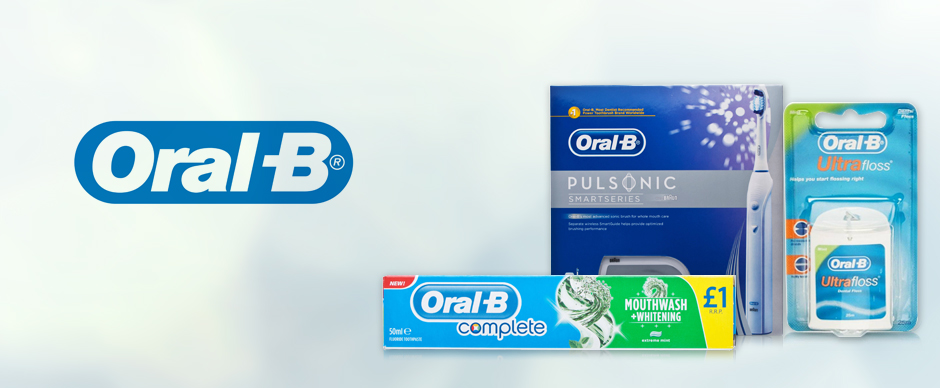
Toothbrush shapes and sizes
Understanding the recent designs, shapes, and sizes that have reformed what was once a simple manual toothbrush can be tricky at times. Use the following information to help you choose the best toothbrush design to suit your needs.
Toothbrush heads
- Conventional toothbrush heads are rectangular and are designed to effective clean the surface of each tooth.
- Diamond toothbrush heads are, as the name suggests, diamond shaped and slightly more narrow than conventional toothbrush heads. Diamond toothbrush heads are to help you reach the teeth in the back.
You can choose between the two by defining the needs of your unique oral cavity. The size of the toothbrush head should effectively reach your farthest teeth.
- Brushes for children between 0 and 2 years should have a head length of 15 mm.
- Brushes for children between 2 and 6 years should have a head length of 19 mm.
- Brushes for children between 6 and 12 years should have a head length of 22 mm.
- Brushes for 12 years and above should have a head length of approximately 25 mm.
Bristle patterns
- Block: A brush with block patterned bristles has all the bristles the same length and aligned neatly like a block.
- Wavy or V-shaped: A brush with wavy or v-shaped bristles has bristles that form a v-shape from a side view. This design is meant to give you better access to the areas around tooth surfaces.
- Multilevel trim pattern: Multilevel brushes help clean difficult areas between teeth and on the tooth head.
- Criss-cross pattern: Brushes with criss-cross patterns and rubber bristles on the sides help to lift up plaque effectively.
- Polishing bristles: Brushes with multilevel bristles and rubber-like circles at the centre help clean surface stains.
- Before you buy a toothbrush always consider whether or not it will meet the unique needs of your teeth. When you are using the right toothbrush you can do a better job at caring for your teeth.



